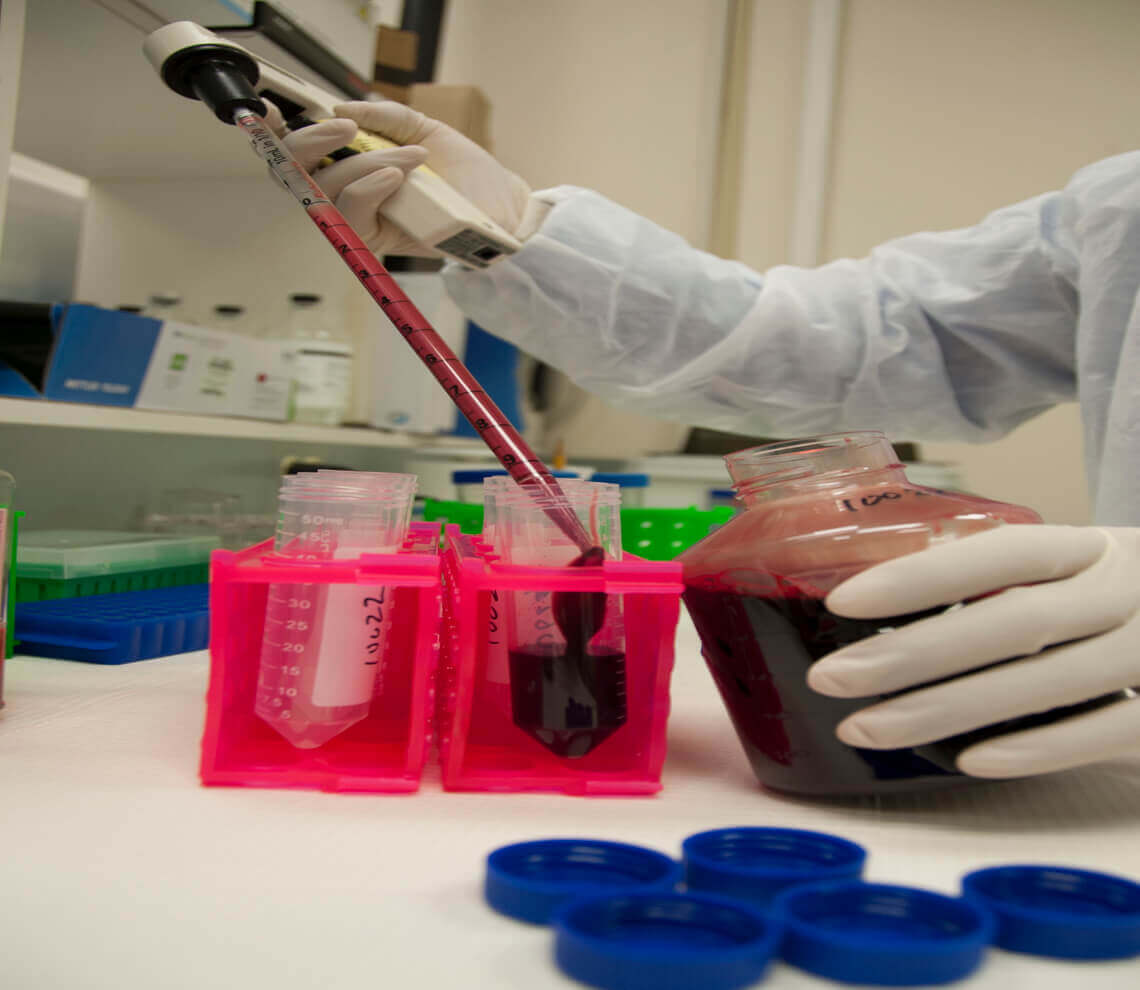- Our Suppliers
- MBS Monoclonals
- IL 23R (IL 23 Receptor, IL-23R) (PE)
Product short description
Price:
702 EUR
Size:
100 Tests
Catalog no.:
GEN603387
Product detailed description
Concentration
N/A
Clone
7H8
Immunoglobulin isotype
IgG2b
Category
Antibodies
Clonality
Monoclonal
Also known as
Interleukin 23R
Subcategory
Mnoclonal antibodies
Source organism
Human (Homo sapiens)
Host organism
Mouse (Mus musculus)
Tested applications:
Flow Cytometry (FC/FACS)
Other gene names
IL23R; IL23R; N/A; IL-23 receptor; IL-23R
Gene name synonims
IL23R; IL23R; N/A; IL-23 receptor; IL-23R
Gene name
IL23R; IL23R; N/A; IL-23 receptor; IL-23R
Purification method
Affinity Purified by Protein G affinity chromatography.
Form/Appearance
Supplied as a liquid in PBS, 0.5% BSA, 0.09% sodium azide. Labeled with R-Phycoerythrin (PE).
Other names
interleukin-23 receptor; Interleukin-23 receptor; interleukin-23 receptor; IL-23 receptor; interleukin 23 receptor; N/A
Species reactivity
Human (Homo sapiens); Due to limited knowledge and inability for testing each and every species, the reactivity of the antibody may extend to other species which are not listed hereby.
Specificity and cross-reactivity
Recognizes human Interleukin 23R. Does not crossreact with recombinant mouse IL-23R.; Since it is not possible to test each and every species our knowledge on the corss reactivity of the antibodies is limited. This particular antibody might cross react with speacies outside of the listed ones.
Storage and shipping
May be stored at Store the antibody at +4 degrees Celsius. before opening. DO NOT FREEZE! Stable at Keep the antibody refrigerated at +4 degrees Celsius. Temperature variations in the range between +1C to +7C are tolerable. Stable for 12 months at Keep the antibody refrigerated at +4 degrees Celsius. Temperature variations in the range between +1C to +7C are tolerable. Freezing R-Phycoerythrin (PE) conjugates will result in a substantial loss of activity. PE conjugates are sensitive to light.
Description
The receptors are ligand binding factors of type 1, 2 or 3 and protein-molecules that receive chemical-signals from outside a cell. When such chemical-signals couple or bind to a receptor, they cause some form of cellular/tissue-response, e.g. a change in the electrical-activity of a cell. In this sense, am olfactory receptor is a protein-molecule that recognizes and responds to endogenous-chemical signals, chemokinesor cytokines e.g. an acetylcholine-receptor recognizes and responds to its endogenous-ligand, acetylcholine. However, sometimes in pharmacology, the term is also used to include other proteins that are drug-targets, such as enzymes, transporters and ion-channels.
© Copyright 2016-Tech News . Design by: uiCookies

